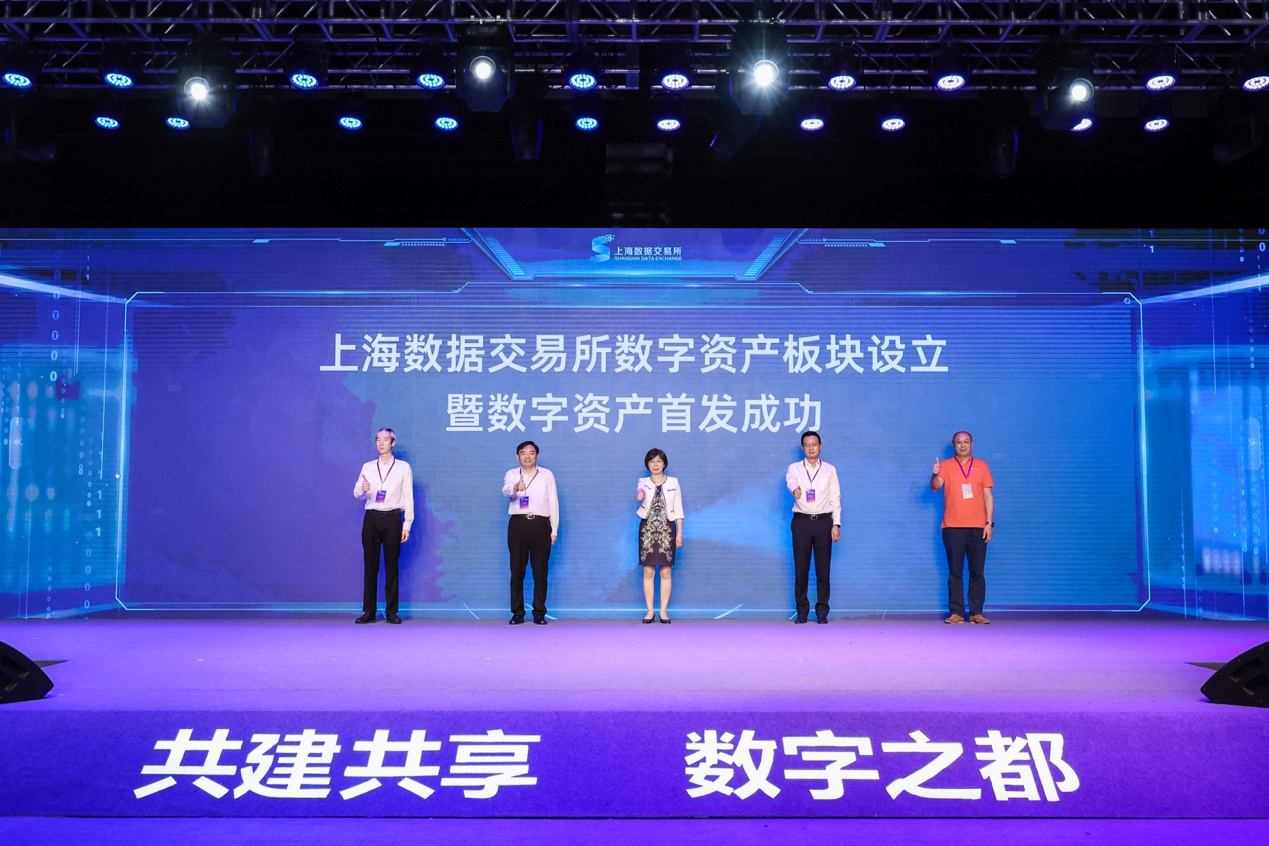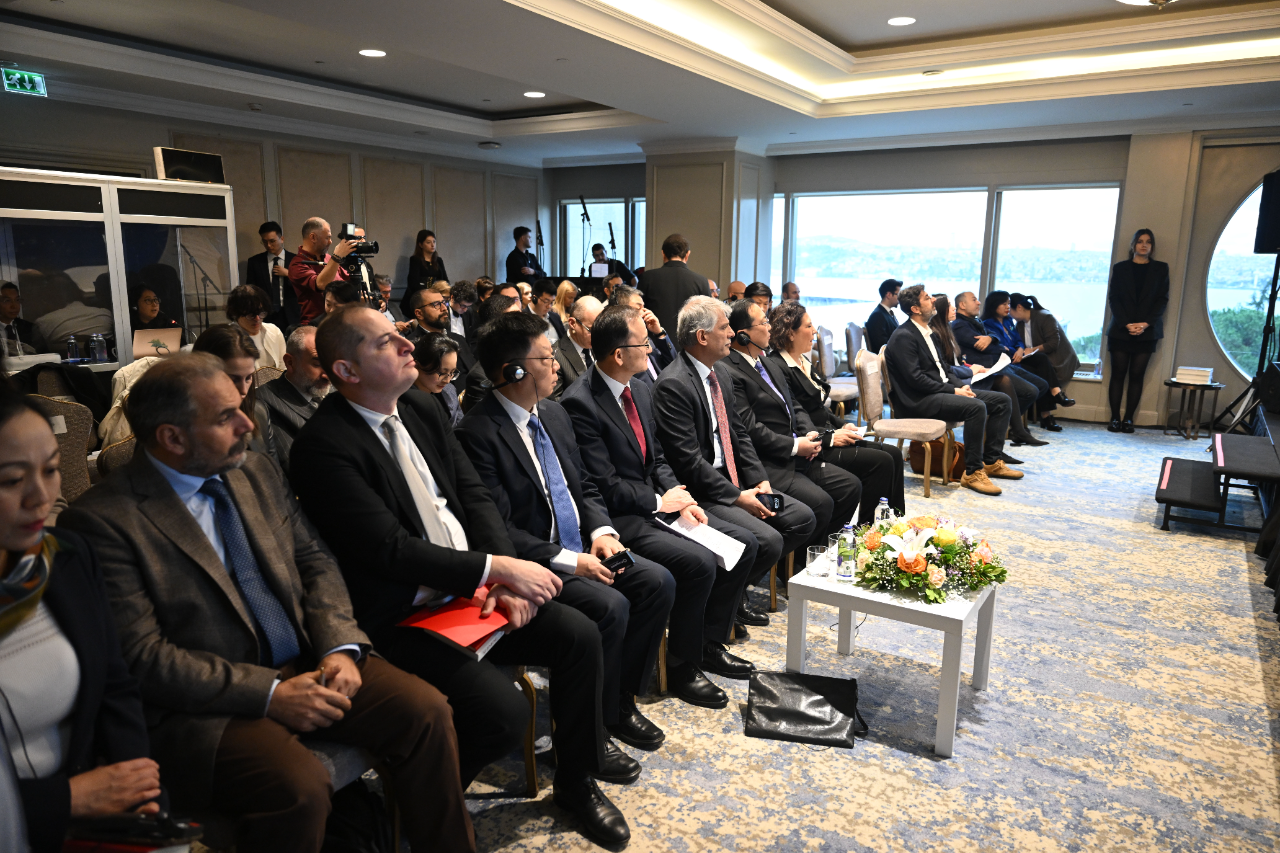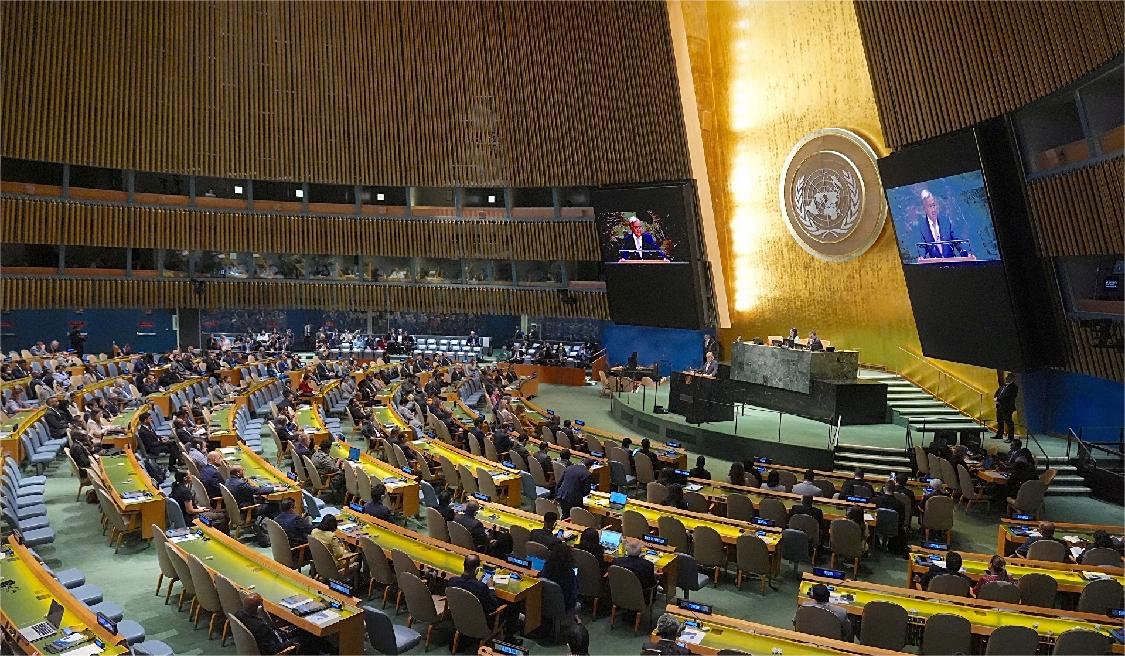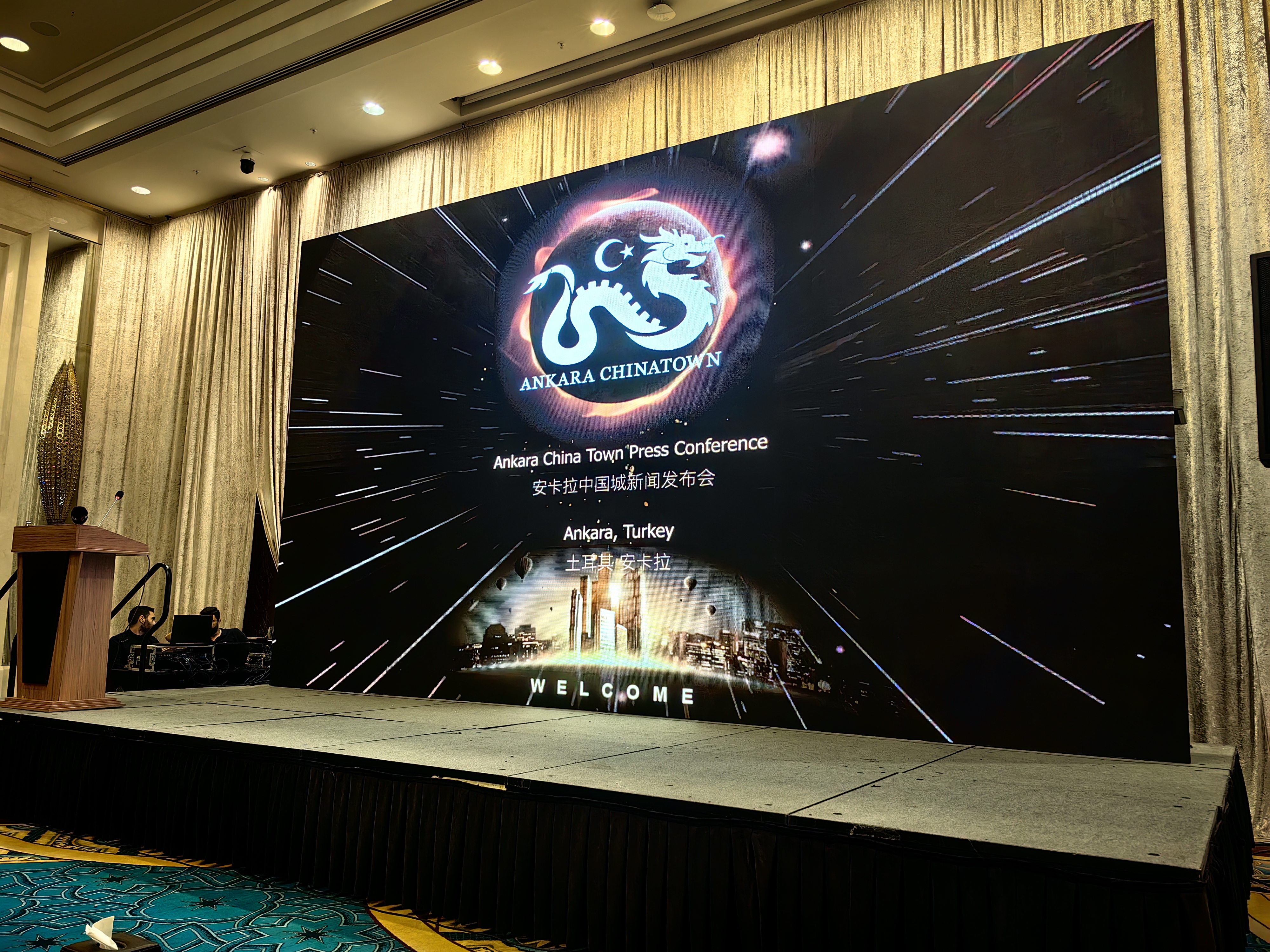- +1 929 367 8888(Server) / +1 929 356 6666(Group)
- info@multinationalholding.com
Shanghai Data Exchange establishes digital asset sector

On August 24, 2022, as an important achievement in the construction of key infrastructure and data element markets for Shanghai's digital transformation, the Shanghai Data Exchange took the lead in establishing a digital asset sector nationwide, reconstructing the digital asset system, and creating a new model for the deep integration of digital assets and the real economy. On the same day, the Shanghai Data Exchange, together with the state-owned time-honored brand "Huili" under Huayi Group and the first batch of digital asset issuance platform "Bilibili", launched the digital asset "Huili Design - Year One".
In this joint release, Huili serves as the creator and issuer of digital assets, Bilibili as the distribution platform, and Shanghai Data Exchange as the sector organizer, responsible for the institutional construction, asset registration, information announcement, and guarantee of issuance of the digital asset sector. The "Huili Design - Year One" digital assets will not only give new digital connotations to state-owned old brands, allowing Huili to embrace Generation Z and move towards the metaverse, but also promote the integration of virtual and real, and promote the new digital economy format of using virtual to promote real.

Tang Qifeng, General Manager of Shanghai Data Exchange, stated that Shanghai Data Exchange will launch "five major IPOs" and create a new digital asset sector. One is to innovate the new definition of digital assets for initial public offerings, defining the "four noes, five noes, and six categories" of digital assets. The "four noes" refer to the non listing of financial assets as underlying commodities, non listing of assets without clear economic value, non listing of assets with unclear property rights, and non listing of assets that do not comply with national laws and regulations; The "five possibilities" can be penetrated, confirmed, priced, circulated, and traceable; The "six categories" of tradable digital assets at present mainly include cultural and creative derivatives, digital cultural and creative industries, consumer scenarios, brand marketing, industrial applications, and data intellectual property. The second is to establish management standards for the digital asset sector and build a framework system for the digital asset sector. The third is to innovate digital assets that are strongly coupled with the real economy, relying on the Shanghai Stock Exchange to complete the registration and issuance of the first digital asset, allowing traditional brands and time-honored brands to share the dividends of digital transformation. The fourth is to launch the Digital Asset Network, which covers market concerns such as the dynamics of the digital asset industry, digital asset market trends, national and local policy guidelines, and relevant industry institutional norms, to create a leading digital asset market portal. The fifth is to innovate and launch Digital Account Connect, as a digital asset management tool for organizations and consumers, to achieve one-stop presentation of digital assets on different chains.

It is reported that the establishment of the digital asset sector will promote the digital transformation of traditional enterprises, help the digital economy develop in depth, and the integration of digital assets and the digital economy will bring about the continuous fermentation of new models. In addition, it will stimulate the entrepreneurial and innovative vitality in the new economy field, gradually cultivating new entities such as creators, issuers, minters, and distribution platforms in the digital asset field.
 English ∨
English ∨
 中文
中文




